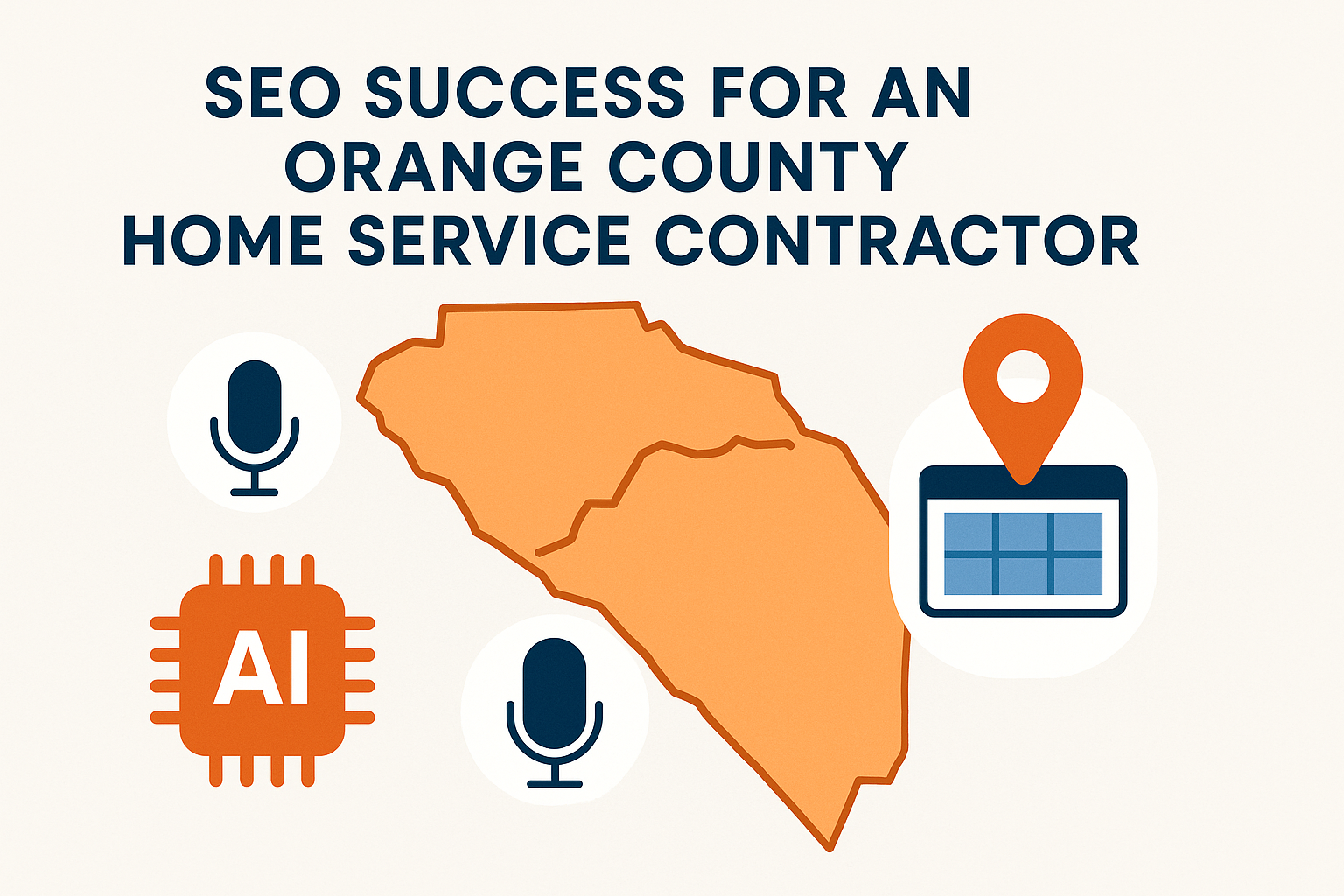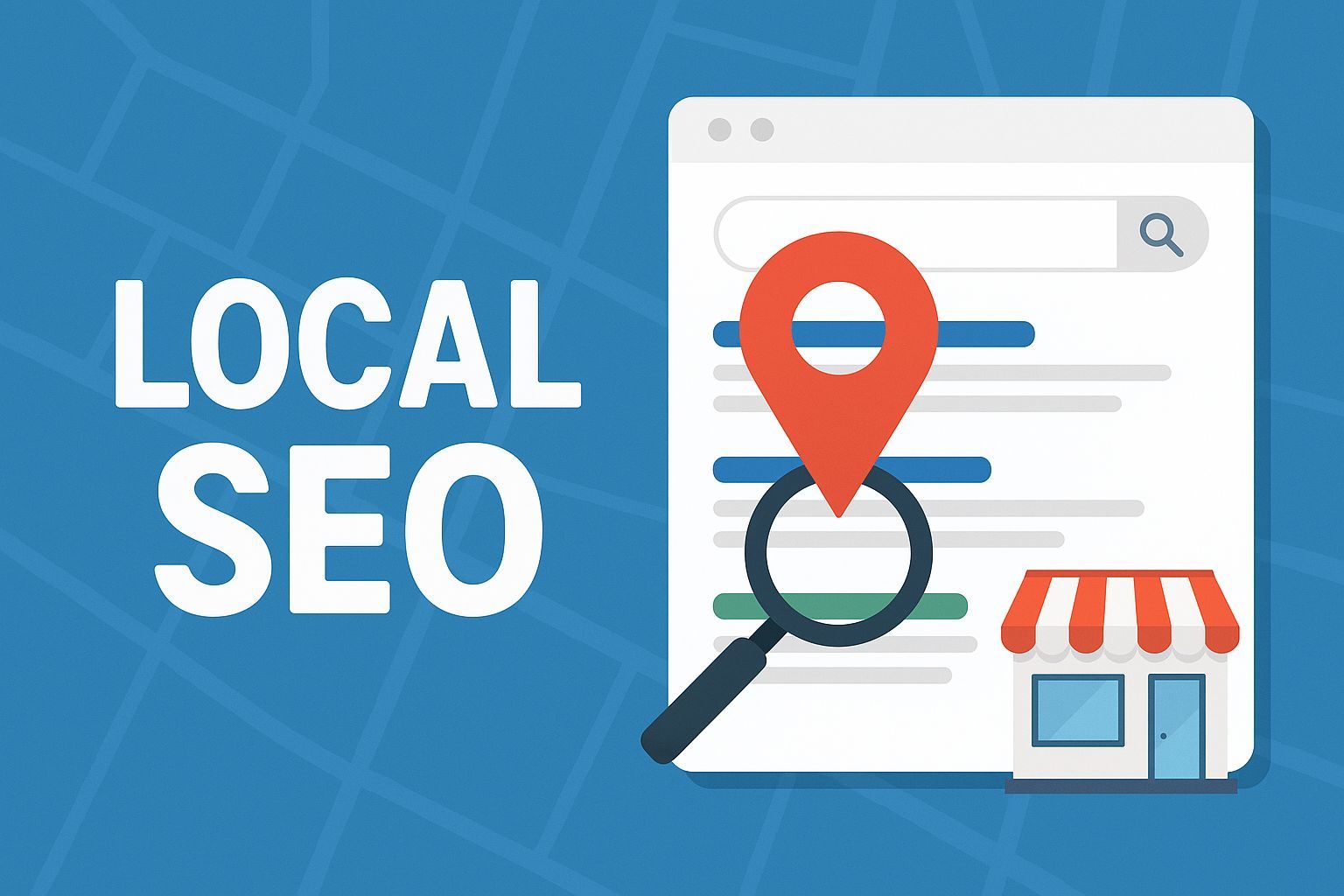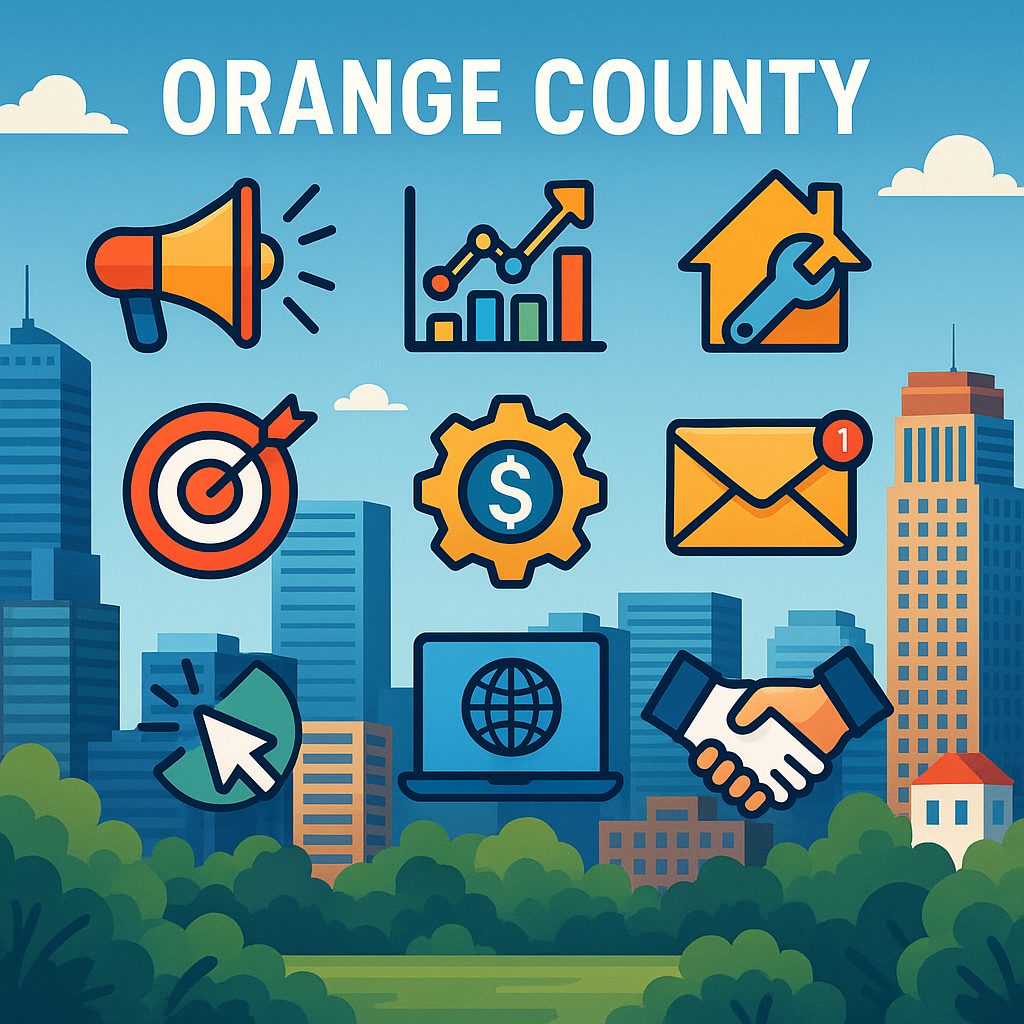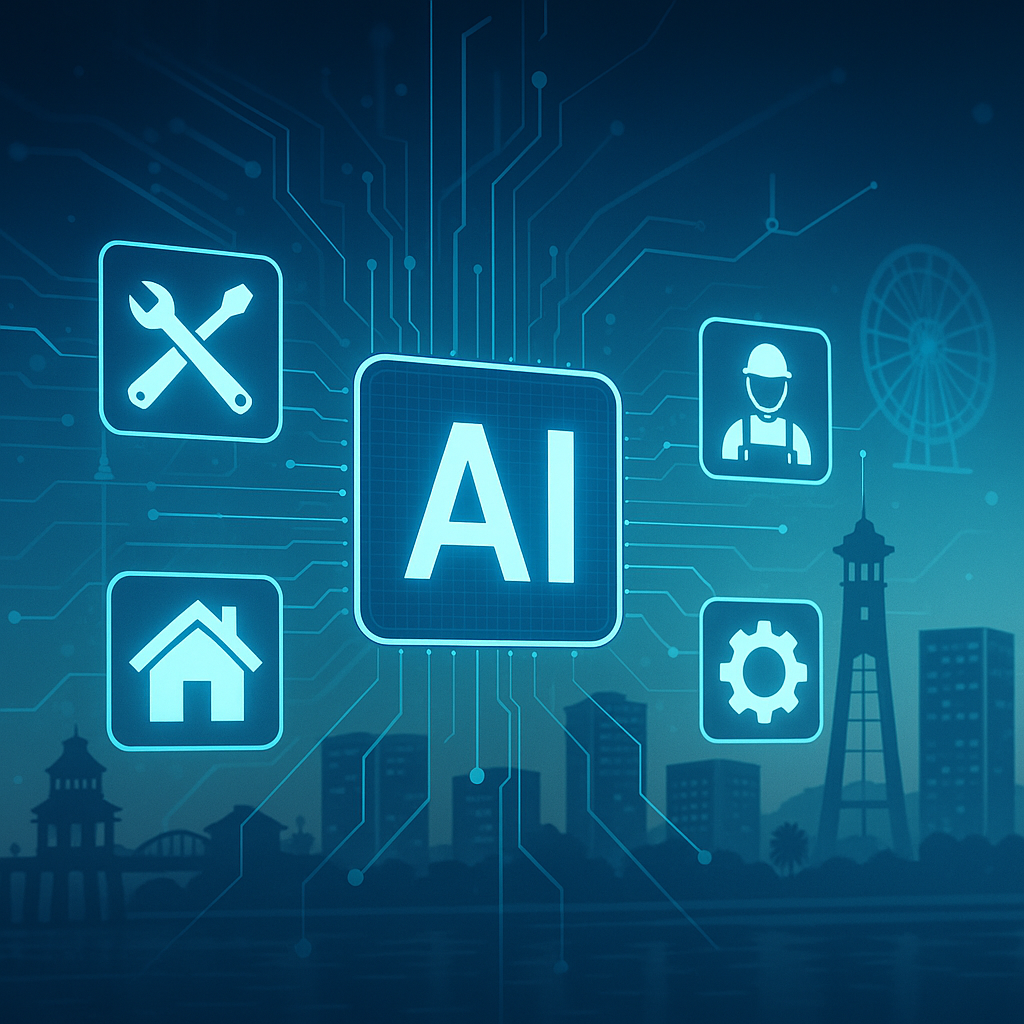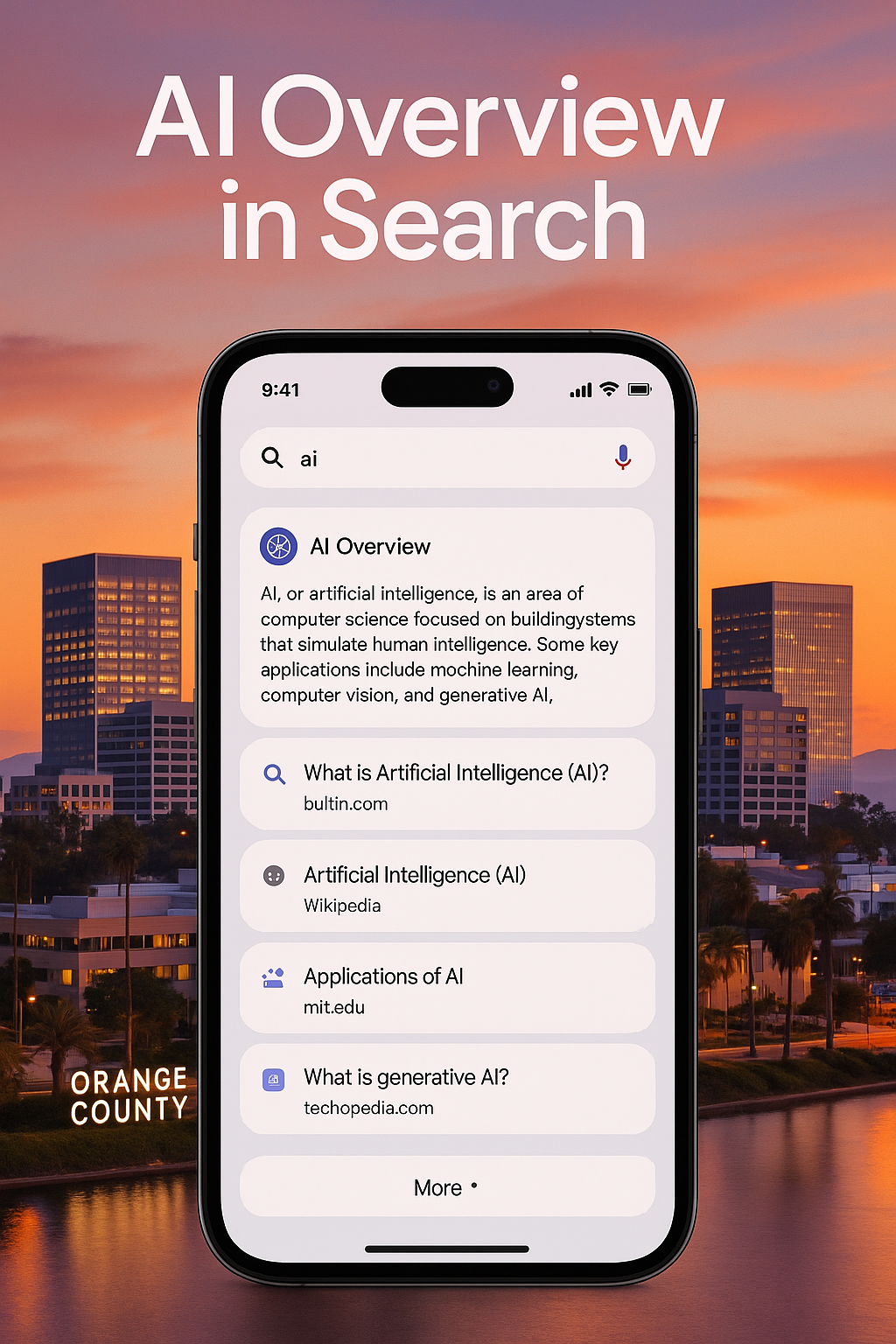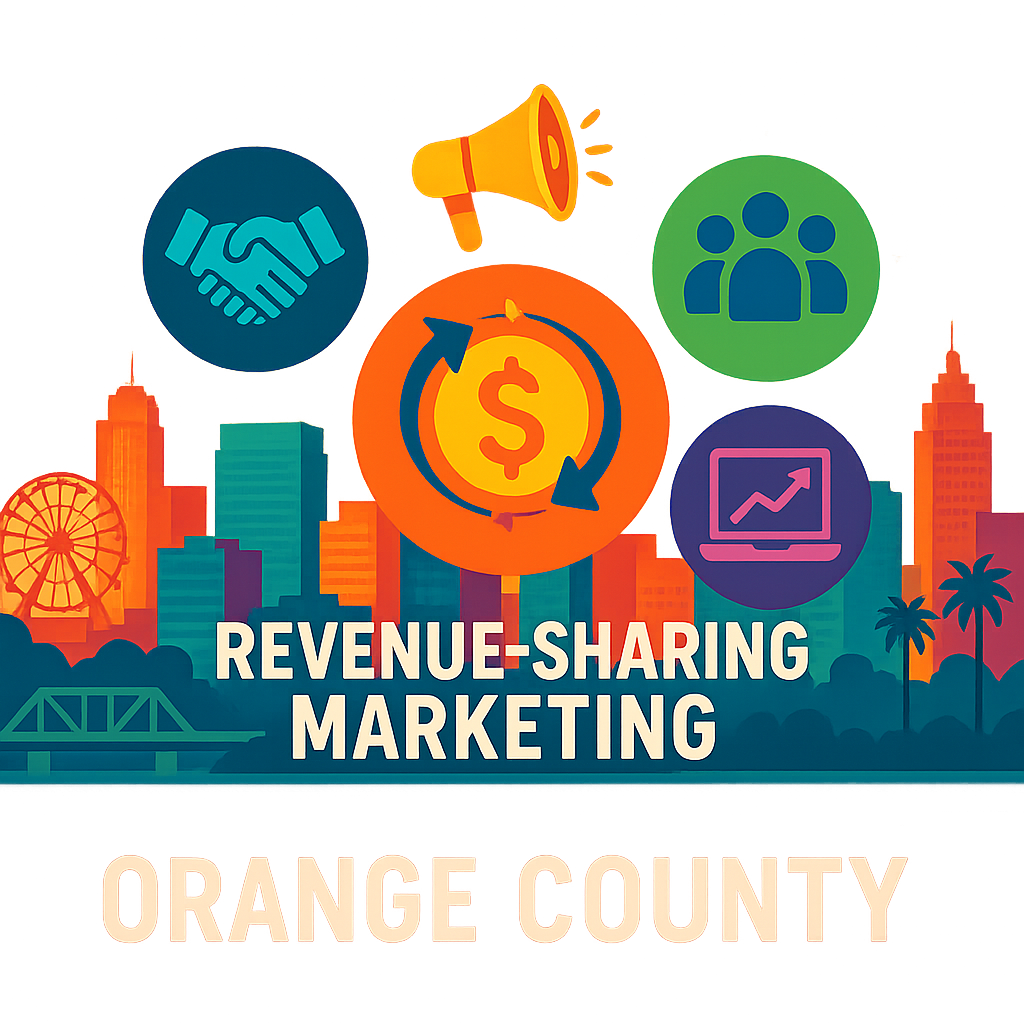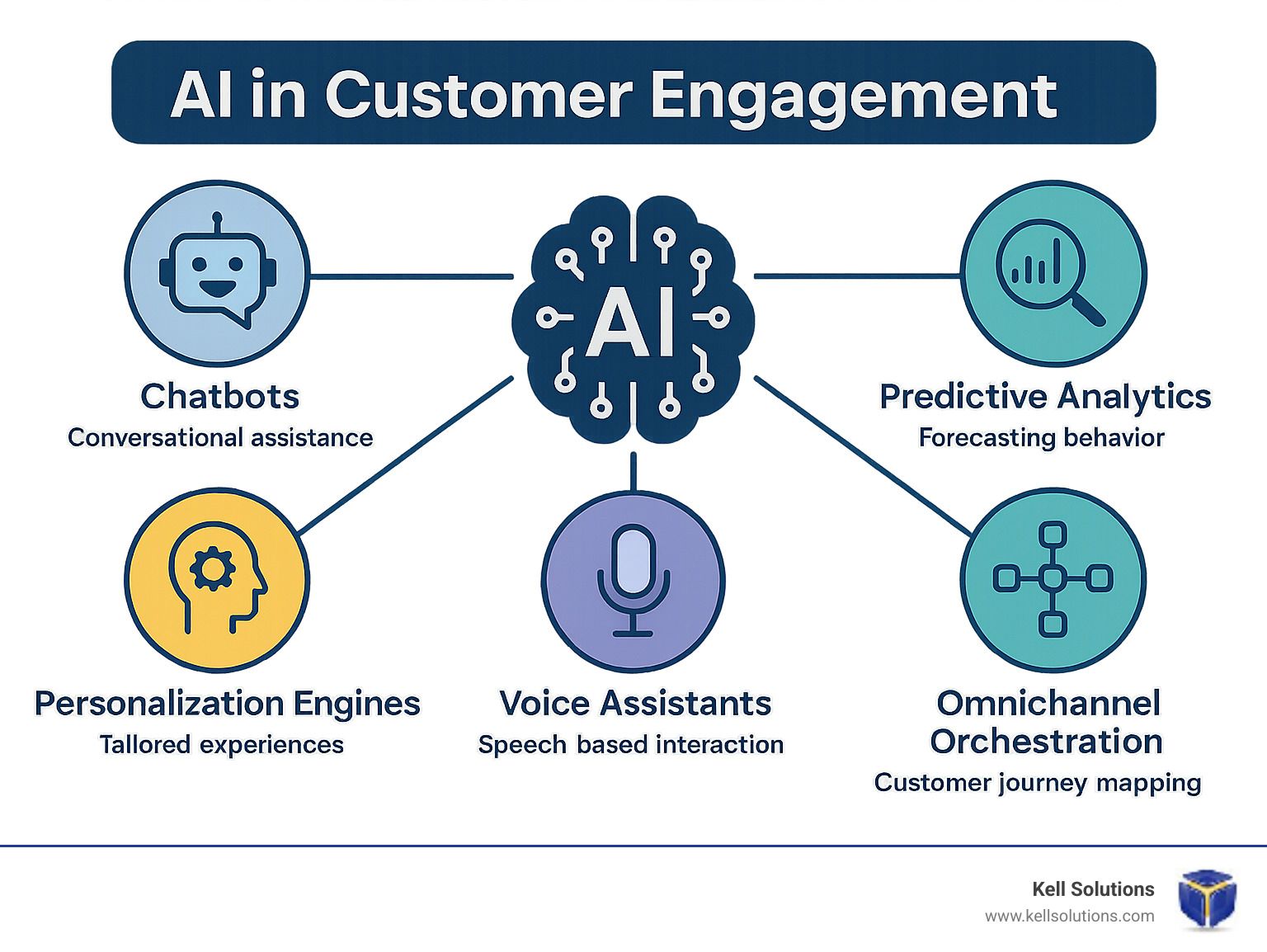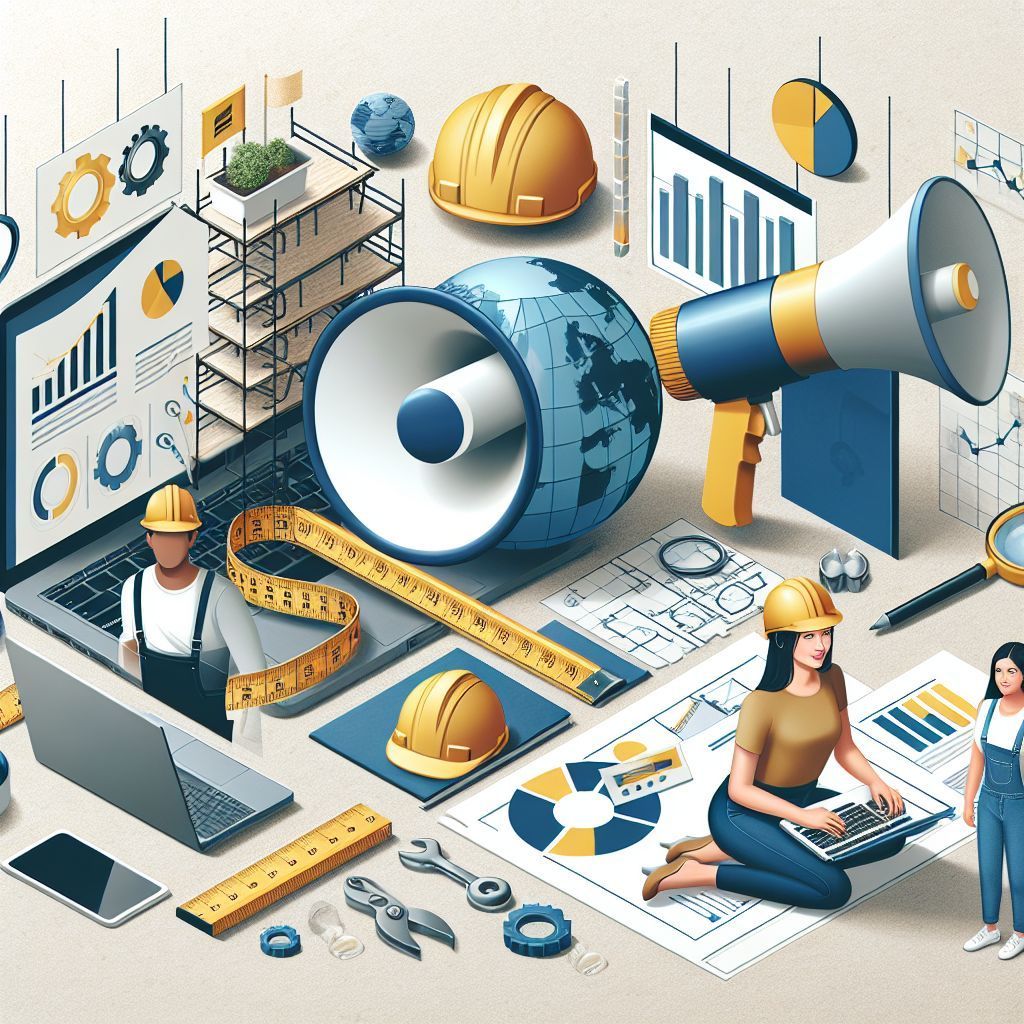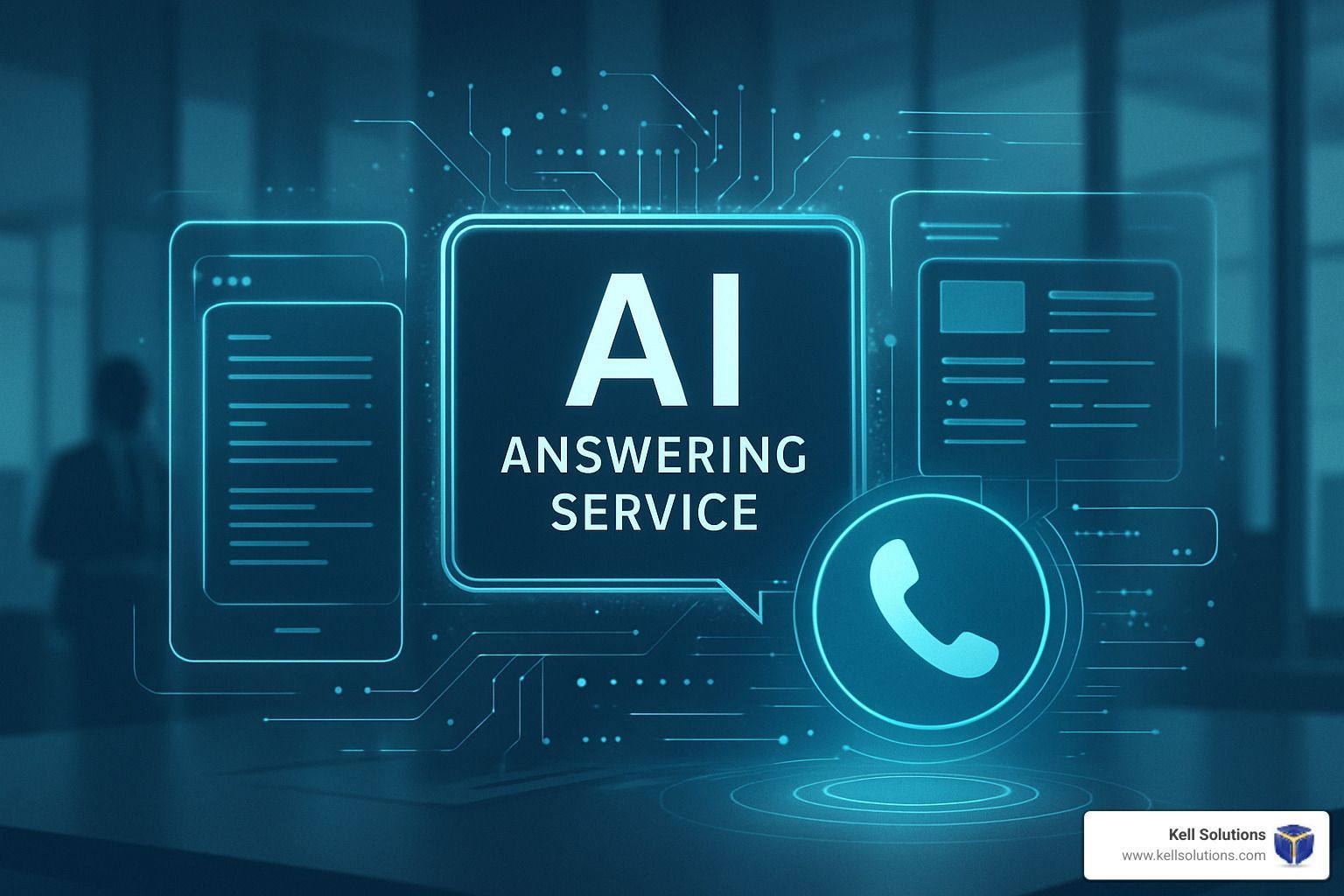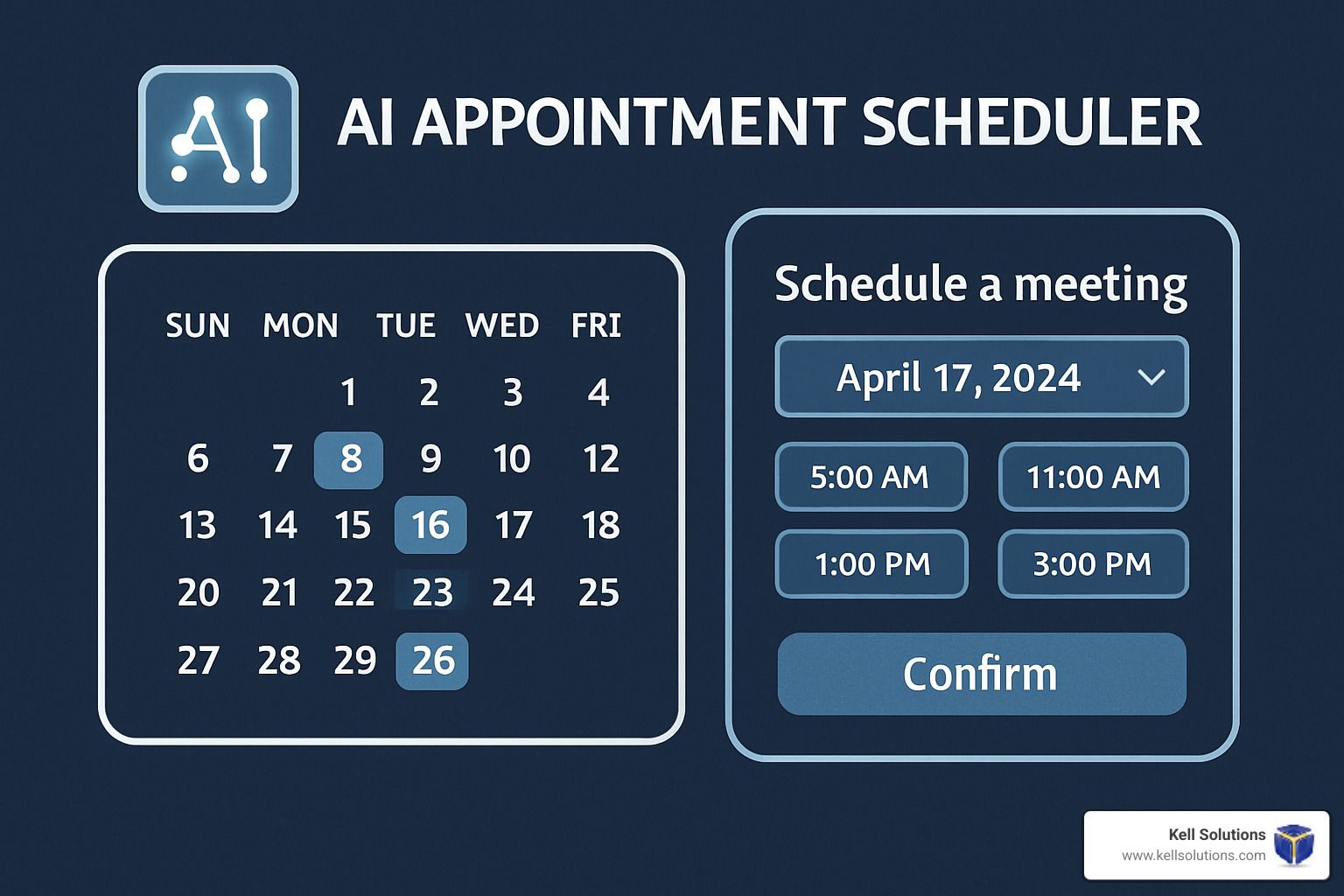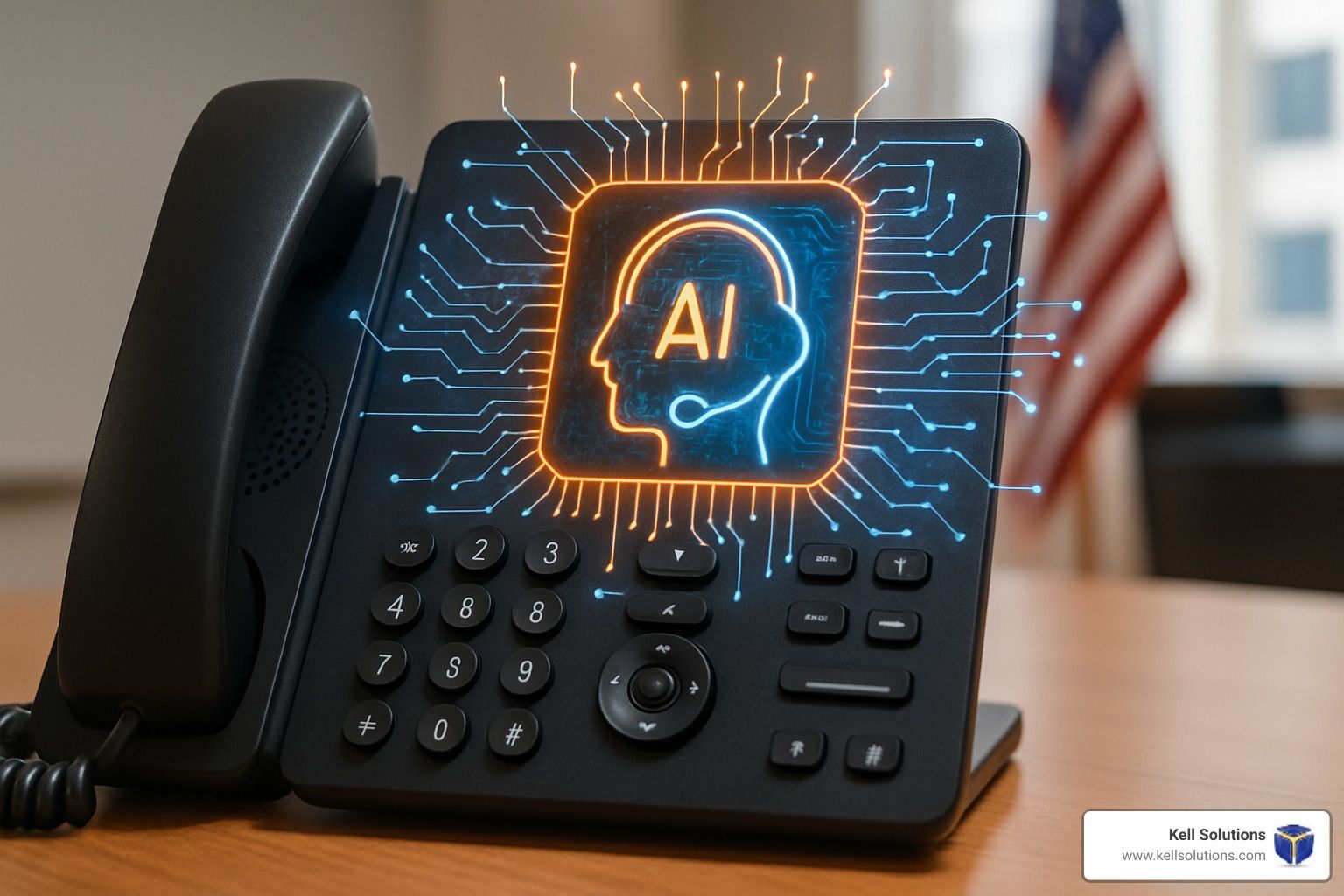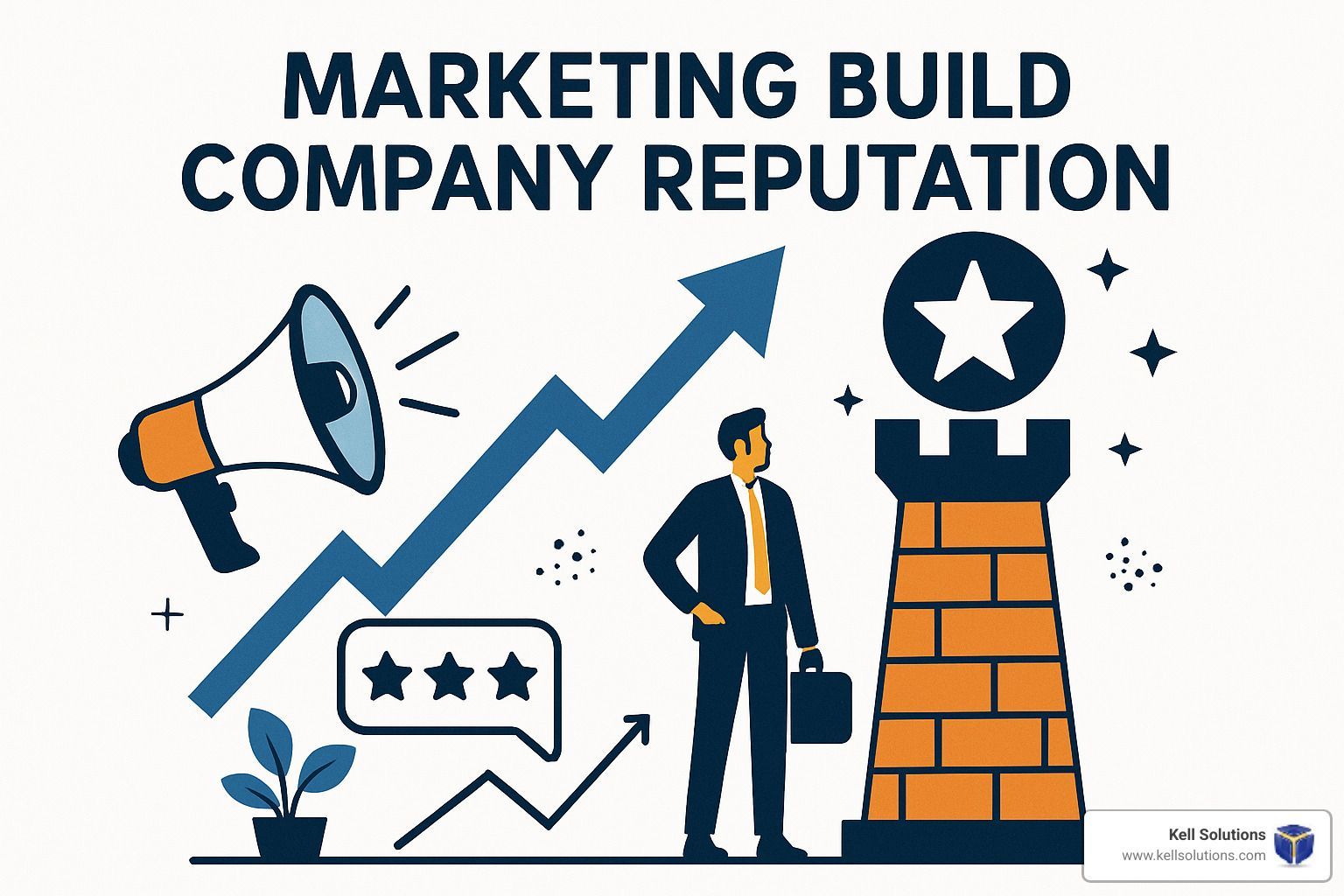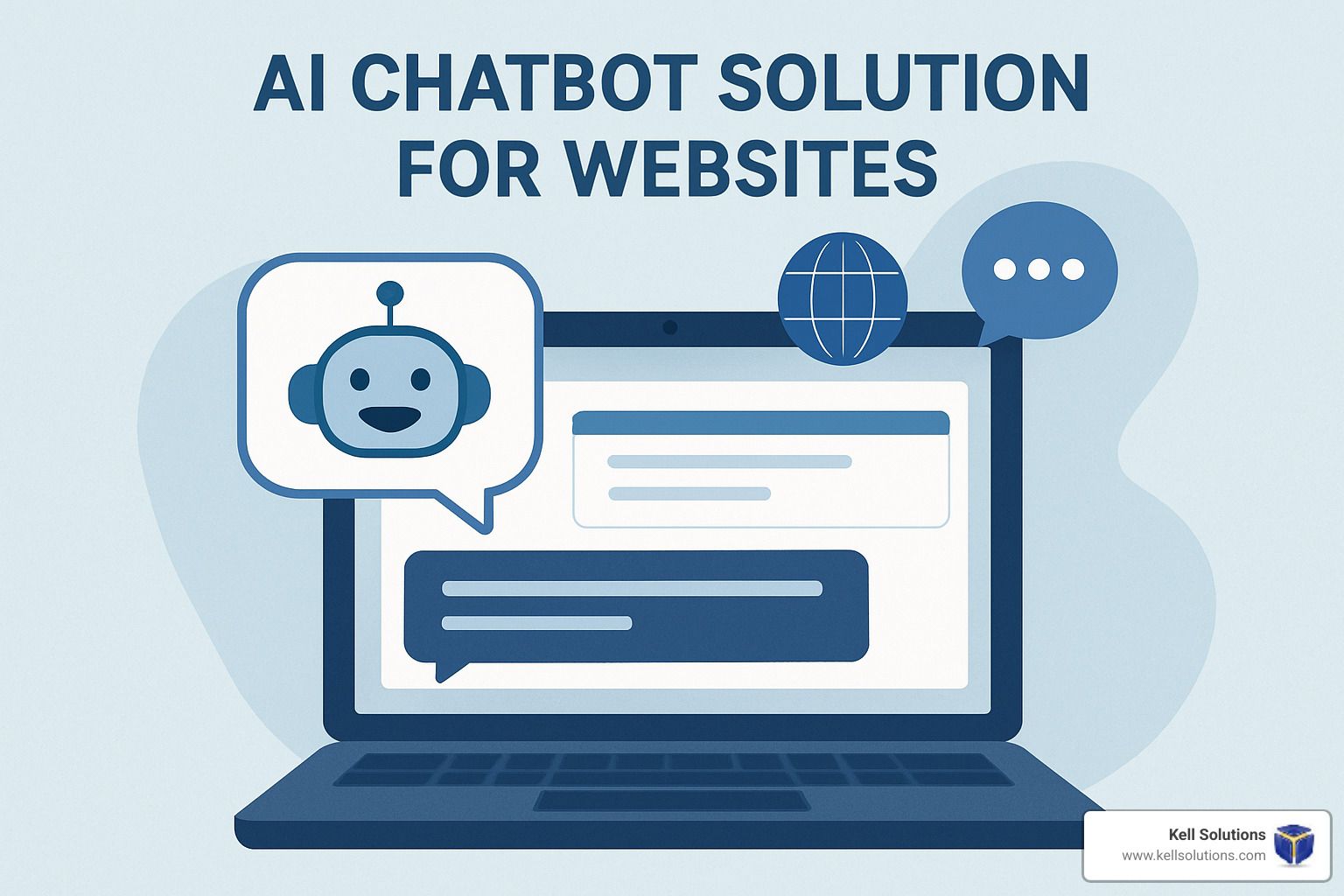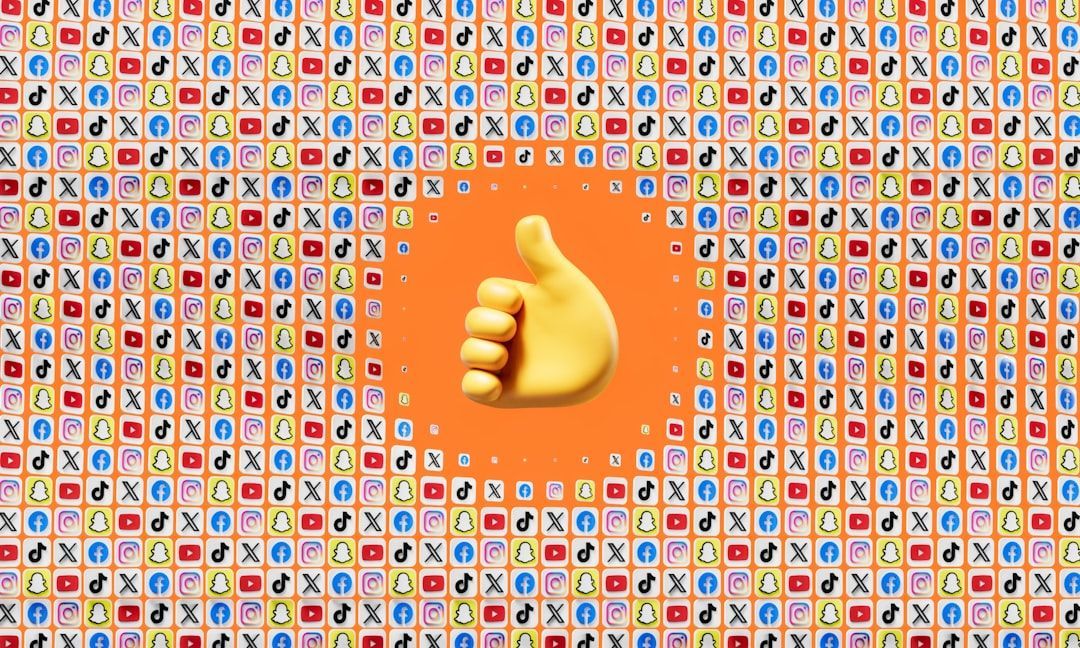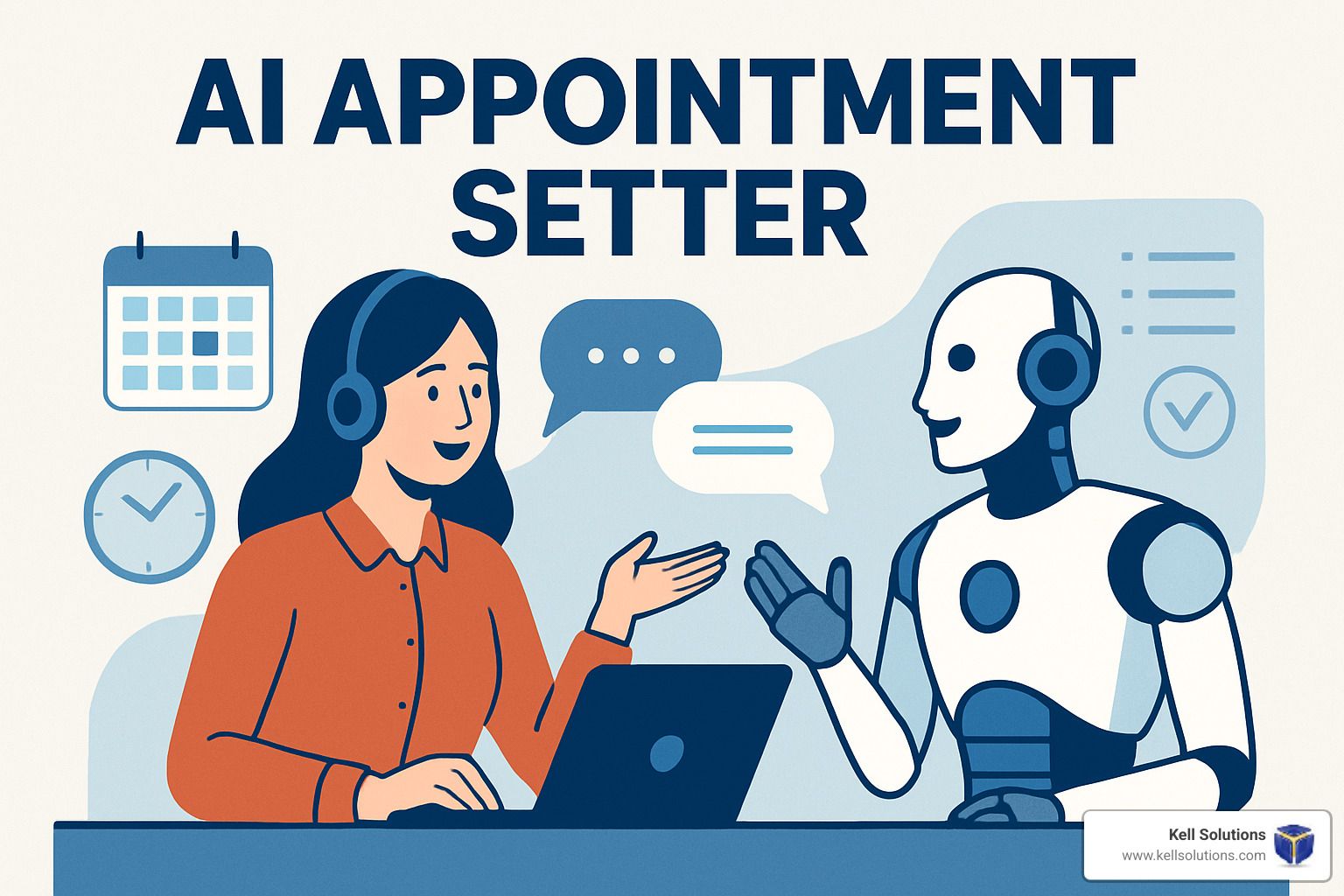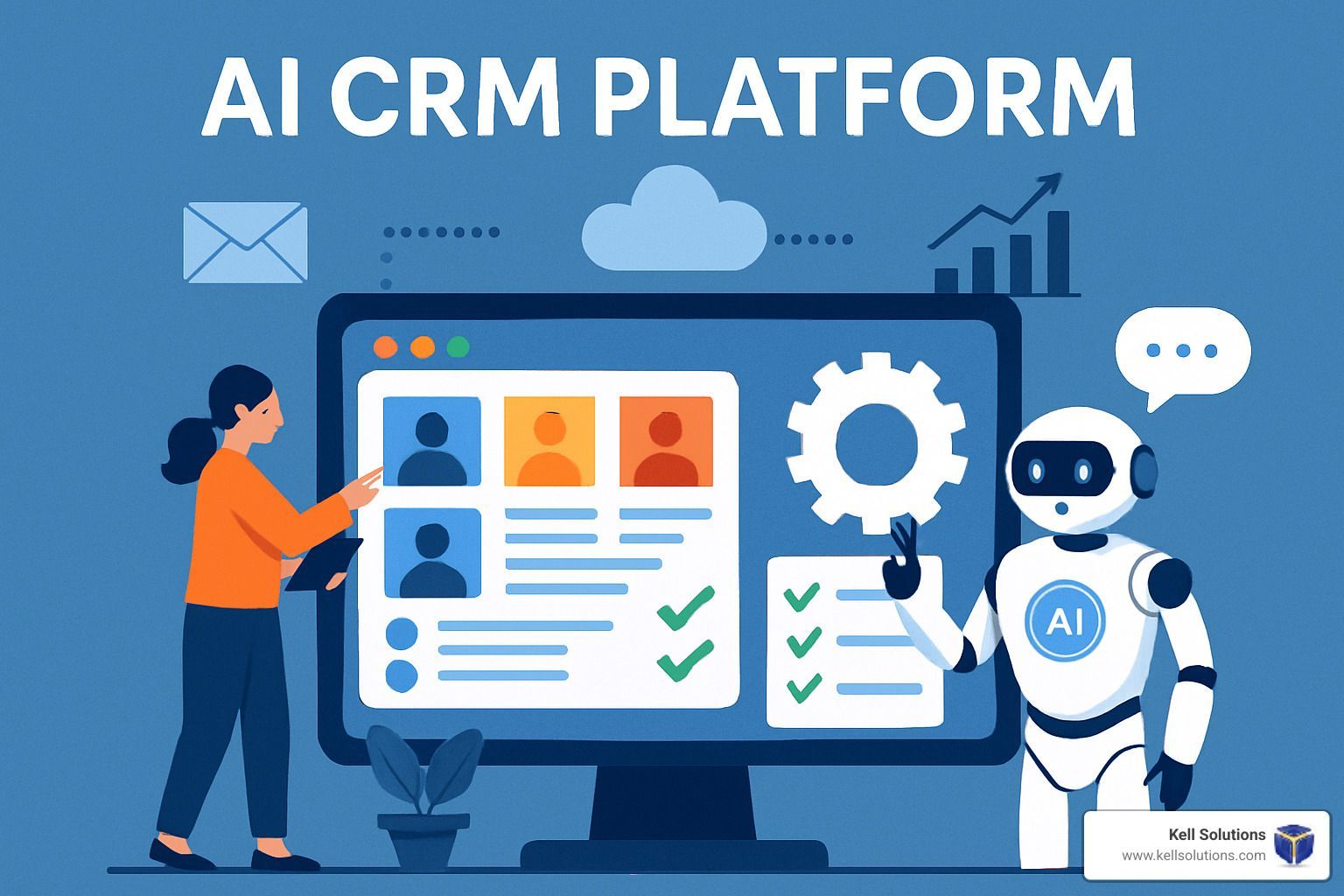Orange County AI Chatbots for Customer Engagement: 62% Customer Preference & 3× More Leads Overnight
Why Orange County Businesses Need AI-Powered Customer Engagement Now
AI chatbots for customer engagement Orange County let local brands deliver instant, 24/7 answers while cutting support costs by up to 70 %. From answering FAQs to booking appointments and capturing midnight leads, smart bots turn every conversation into a potential sale.
Top AI Chatbot Benefits:
- 24/7 availability – never miss a customer inquiry, even after hours
- Instant response – keep attention during the 15-second decision window
- Cost-effective scaling – handle unlimited chats without hiring staff
- Personalized interactions – use CRM data to tailor answers
- Seamless human handoff – escalate complex issues with full context
- Multi-channel reach – website, Instagram, Facebook Messenger & SMS
The numbers tell the story: 62 % of consumers prefer chatbots to waiting for agents( Salesforce ), the market has grown from $190.8 M in 2016 to $1.25 B by 2025( Grand View Research ), and businesses see up to 80 % inquiry resolution plus 3× lead generation.
Yet not all chatbots are equal—basic rule-based bots frustrate customers, while advanced AI systems like VoiceGenie turn chats into revenue. I’m Gregg Kell, founder of Kell Web Solutions in Laguna Beach, and I’ve watched AI chatbots transform Orange County firms into customer magnets.
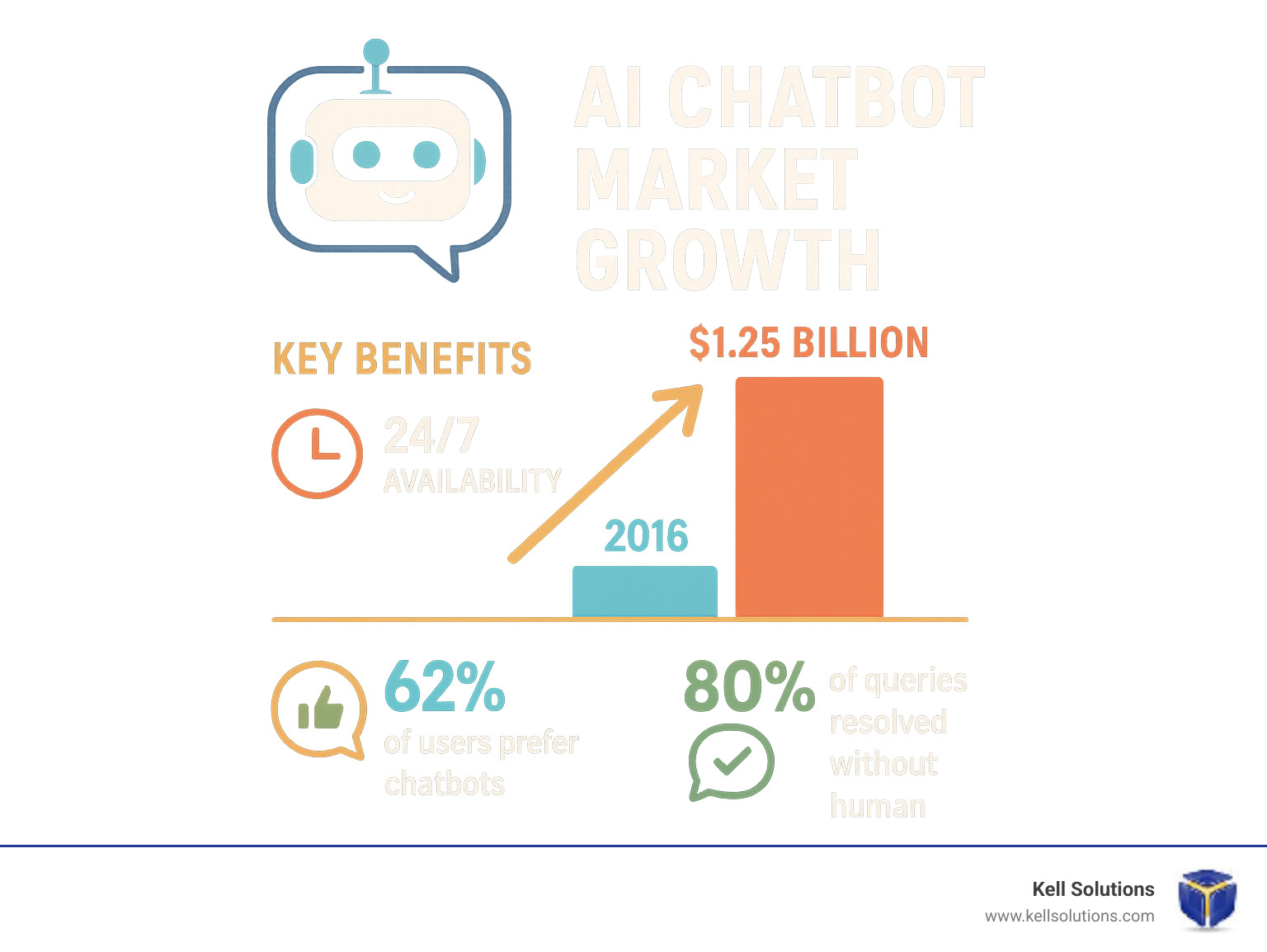
Why AI Chatbots Are the New Engagement Engine
Customers expect answers now. Waiting on hold is dead— 67 % prefer self-service( Zendesk ). AI chatbots give Orange County brands the speed, savings, and personalization traditional teams can’t match.
Always Open, Never Tired
Capture 2 AM leads your competitors miss. One Newport Beach client boosted lead capture 40 % by staying “open” after hours.
Smart Money Moves
A single support rep costs ≈ $77 K/year; an AI bot handles equal volume for a fraction, freeing humans for high-value work.
Meet Customers Everywhere
Today’s buyers hop from Instagram DMs to website chat to Facebook—AI chatbots keep the conversation seamless across channels.
Personal Touch at Scale
Bots greet returning shoppers by name, reference past orders, and upsell logically—turning browsers into buyers.
Emotion Detection
Sentiment analysis flags frustration, instantly handing off to your Laguna Beach support team before issues escalate.
Learn more in our deep dive on AI in Customer Engagement .
How to Choose the Best AI Chatbot
- NLP accuracy – understands slang, typos & context
- Native integrations – plugs into your CRM & calendar
- Intelligent human handoff – passes full chat history & sentiment
- Security & privacy – SOC 2, GDPR, HIPAA where required
- Multilingual finesse – essential for OC’s diverse market
- Actionable analytics – track CSAT, deflection & revenue
- Scalability – maintains sub-2 s replies during traffic spikes
Use our AI Customer Engagement Software guide to evaluate vendors in minutes.

Top Chatbot Types & Use Cases
Lead-Gen & Sales Bots
Increase average order value 40 % via conversational offers and cart-recovery automation. One OC e-commerce store booked 85 % more demos after adding a sales bot with real-time calendar sync.
Support & Self-Service Bots
Sync with your knowledge base, resolve 80 % of tickets, and cut response times by 90 %. Sentiment detection ensures smooth escalation.
Industry-Specific Bots
• Healthcare: HIPAA-ready schedulers boosted bookings 65 %
• Finance: Bank-grade security for balance checks & fraud alerts
• Hospitality: Multilingual concierge bots raise guest CSAT to 95 %
Explore real-world examples in Best AI Chatbot Solutions & Examples .
Implementation, KPIs & Future Trends
Follow our “month-long marathon” rollout—info-feed ▶ integrate ▶ test ▶ soft launch—to hit 85 % CSAT from day one. Key metrics: CSAT > 85 %, cost per resolution <$2, bot-assisted revenue, and deflection rate > 60 %.
Gartner predicts 20 % of inbound service volume will come from machine customers by 2026; early adopters gain lasting edge.
Frequently Asked Questions
Rule-based vs AI chatbots?
Rule bots follow rigid scripts; AI bots learn context, slang & intent—raising CSAT 30-40 %.
How to prove ROI?
Track cost per resolution, deflection %, and bot-generated revenue. Most OC firms hit 300-500 % ROI in 6-12 months.
When should a bot hand off?
On frustration cues, compliance issues, or high-value negotiations. Seamless transfer with full history is a must.
Conclusion
Orange County customers demand instant answers, 24/7. AI chatbots deliver, boosting leads and slashing costs while freeing humans for high-touch tasks. Ready to deploy a bot that never sleeps? Request your VoiceGenie AI demo and watch engagement skyrocket overnight.
Related Resources:
About the Author:
Gregg Kell, Laguna Beach strategist, helps OC businesses grow with AI chatbots and VoiceGenie AI.


Orange County HVAC Google AI Overview Domination: 7 Proven Strategies to Capture Featured AI Results




